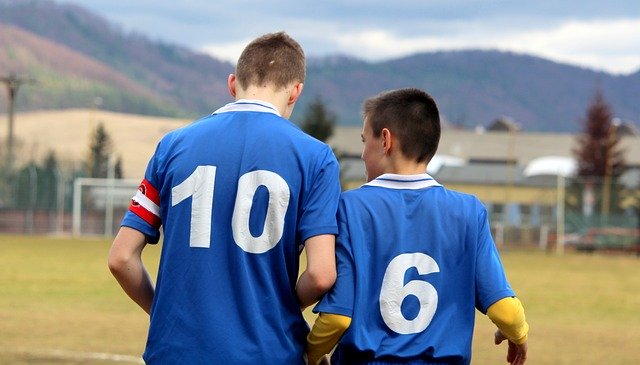Australian researchers analyzed symptom patterns and brain scans to try to predict concussion recovery in children following head injury.
Concussion is a type of brain injury caused by a blow or jolt to the head causing the brain to move rapidly within the skull. This can lead to chemical changes in the brain or even damage to brain cells. Following a concussion, a person may feel “dazed” or have memory loss, headache, confusion or nausea or vomiting. Some people may lose consciousness, but this does not always happen. Concussion symptoms can appear immediately after the injury, but may not develop until sometime later.
Some children experience persistent symptoms following concussion injury
The incidence of concussion in children is on the rise. Fortunately, the majority of injuries are mild and most children recover fully from a concussion within a few weeks. However, some children have persistent post-concussive symptoms (lasting at least 4 weeks post-injury), with around 12% still experiencing symptoms after three months. This can have a serious impact on their return to normal activities and may also affect their brain development. There are different patterns of persistent post-concussive symptoms, with the commonest being headaches, fatigue, sleep disturbances, and attention difficulties. A team of Australian researchers investigated how different symptom patterns may be linked to changes within brain networks. They reported their findings in Annals of Clinical and Translational Neurology.
Symptom patterns and brain scans may help predict children at risk of poor recovery
The researchers assessed 110 children attending the concussion clinic at Alberta Children’s Hospital, Canada, following mild traumatic brain injury. They collected detailed information on concussion symptoms at 4 weeks and 8-10 weeks post-injury. The children also had brain scans to assess gray matter and brain network connections.
The researchers found that in the brain scans of children with persistent concussion symptoms, poor sleep was linked to decreases in grey matter volume and reduced brain connectivity and function. Using a combination of measures from brain scans, researchers were able to predict with 86% accuracy how decreases in brain function affected recovery at two months post-injury.
Identifying children at risk of poor recovery helps to target rehabilitation
Recovery from persistent post-concussive symptoms in children is difficult to predict. Detailed monitoring of symptoms alone may not be enough to identify children who may be at risk of poor recovery. This study showed that neuroimaging techniques could add essential information to help to predict recovery.
“Identifying decreases in brain function can allow us to predict if a child will recover properly,” said Dr. Kartik Iyer, the lead author of the study. “This knowledge can help clinicians ensure a child receives targeted rehabilitation such as cognitive behavior therapy, medication to improve sleep, or safe and new emerging therapies such as non-invasive brain stimulation to potentially reduce symptoms,” she added.
Dr. Iyer’s team, based at the University of Queensland, Australia, is currently trialing a child-friendly non-invasive brain stimulation therapy, for children with persistent concussion symptoms following brain injury.
Written by Julie McShane, MA MB BS
References:
- Iyer KK, Zalesky A, Barlow KM, et al. Default mode network anatomy and function is linked to pediatric concussion recovery. Annals of Clinical and Translational Neurology First published 22 November 2019.
- University of Queensland, Press release 28 Nov 2019. “Concussion recovery not clear cut for children” https://www.eurekalert.org/pub_releases/2019-11/uoq-crn112819.php
Image by 7721622 from Pixabay



